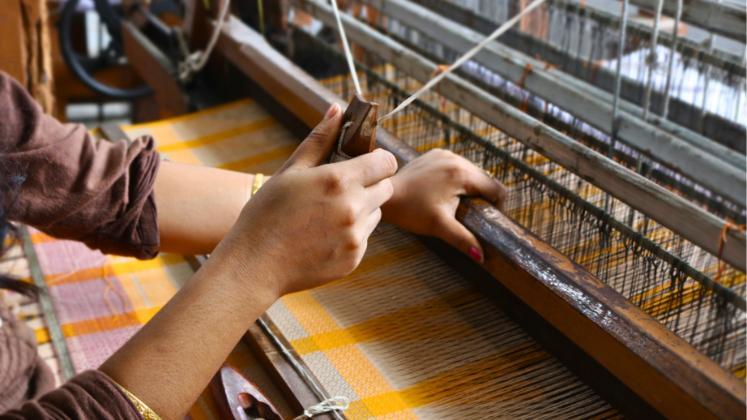
Navigating a challenging landscape, textile and garment businesses gear up for 2024 amidst the aftermath of a tough 2023.
The industry, struggling with a myriad of obstacles from global economic fluctuations, reported a 10 per cent decline in turnover and 30 per cent decrease in unit production costs last year. Lê Tiến Trường, from Việt Nam National Textile and Garment Group, labeled 2023 as the most challenging year in over three decades, excluding the pandemic-hit 2020.
Industry experts recommend a strategic shift, emphasising the need for businesses to broaden customer bases and diversify product portfolios for long-term growth. Vietnam’s textile and garment sector, despite global challenges, remains an outstanding example with political resilience, massive production capacity, skilled labour, and compensation policies.
To survive challenges, the industry is advised to focus on sustainable development aligned with global demands. Investing in technology and automation is recommended to guarantee achieving fast delivery schedules and maintaining high-quality standards.
As export orders are projected to decrease, businesses are advised to adapt to trends favouring smaller quantities, fast deliveries, strong supply chains, and efficient cost management. The sector is set to face hurdles like the Extended Producer Responsibility (EPR), Carbon Border Adjustment Mechanism (CBAM), and a shift towards “sustainable fashion” over “fast fashion.”






